Author: Halton
-
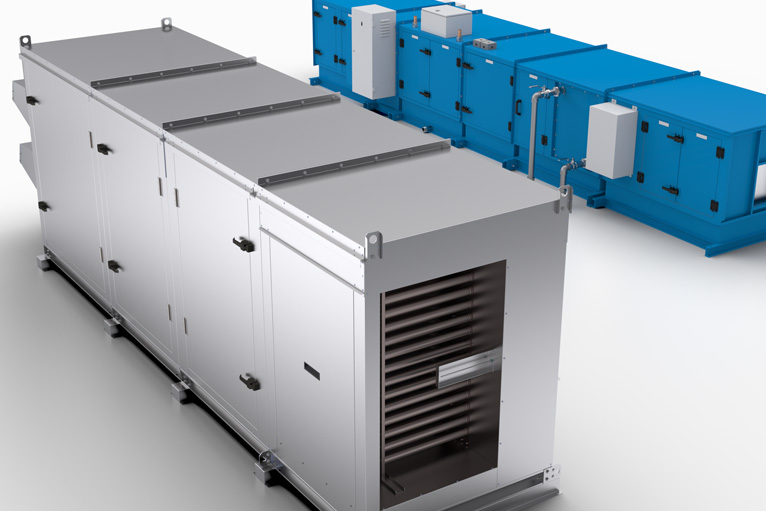
Heat Recovery in Commercial Kitchens
With the energy intensity of commercial kitchens, there are some significant opportunities to recover waste heat, save energy and reduce your carbon footprint. The most obvious area to recover heat is the kitchen exhaust hood. The typical temperature coming off the exhaust collar is approximately 100⁰ F. Recapturing that heat has its challenges since the…
-
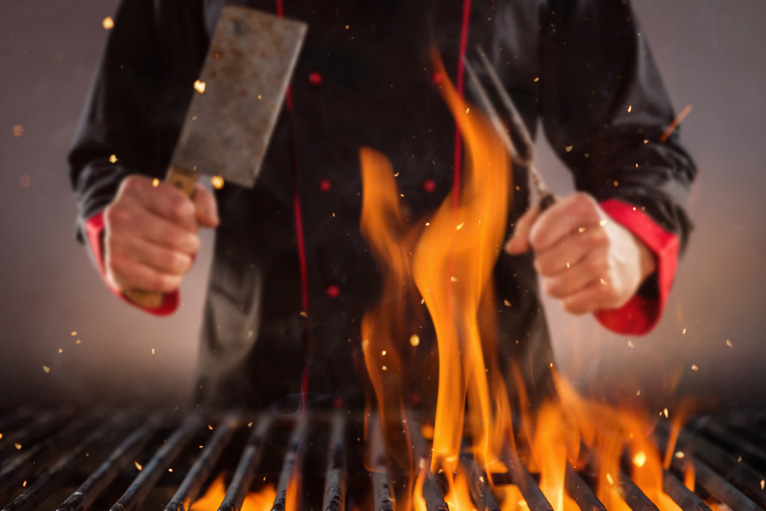
Solid Fuel Cooking Operations
Why are they different than non-solid fuel cooking operations and what are best practices when used with a Pollution Control System? As the name implies, Solid Fuel cooking operations are any cooking equipment that utilizes solid fuel for cooking the food product as opposed to using solid fuel for flavoring. Gas-operated equipment that uses solid…
-
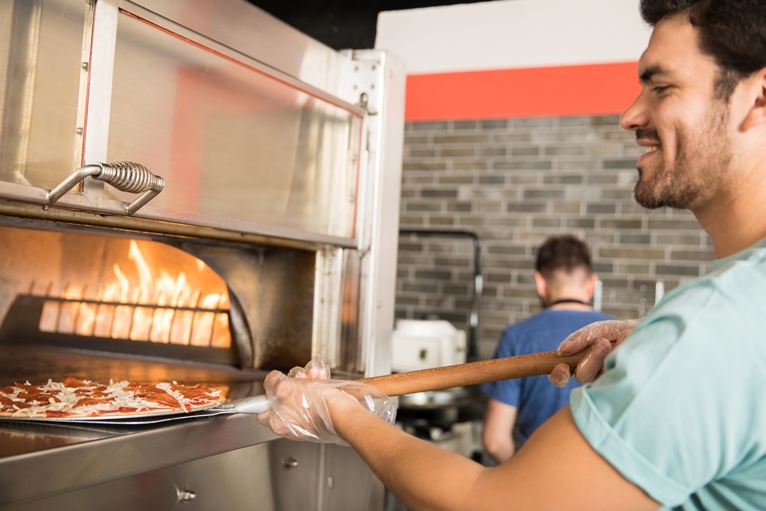
Improve Comfort and Save Money in Your Pizza Kitchen
In today’s highly competitive labor market, restaurant owners need to find ways to differentiate themselves to attract and retain top talent to their teams. One way that’s often overlooked is the comfort of the working environment. For restaurants, this translates into improving the comfort of the kitchen. Not only does a hot kitchen drive down…
-
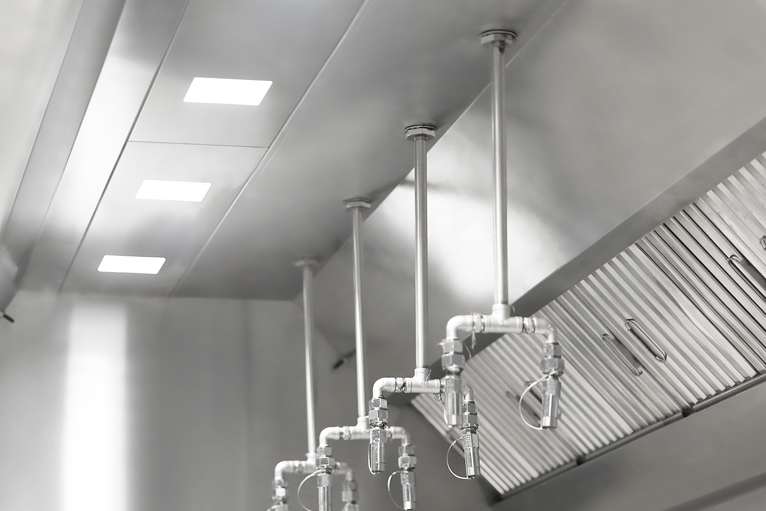
Replacing Fusible Links in Life Safety Systems
The National Fire Protection Association reports that in 2017 there were 499,000 structure fires. 72% of these fires occurred in residential occupancies leaving a remaining 139,720 in occupancies other than residential. While property damage resulting from these fires was in the billions the focus of this article is protection of life safety in commercial and…
-
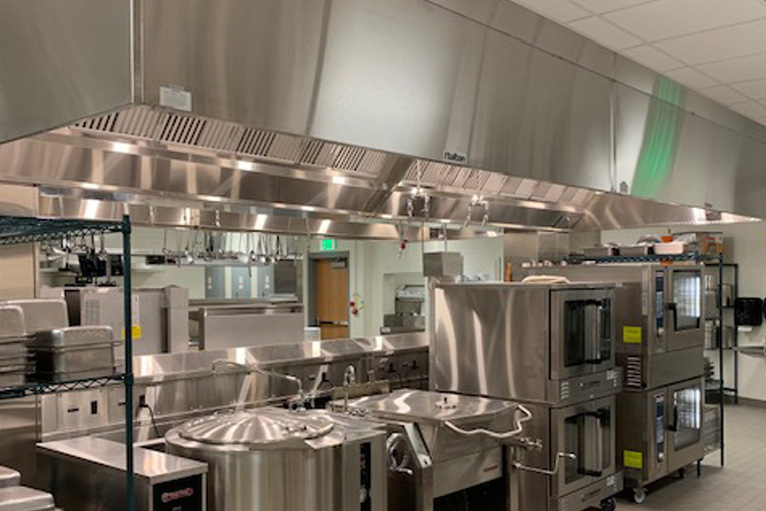
What are the Requirements for automatically activating the exhaust ventilation system when the appliances are turned on?
The International Mechanical Code (IMC) provides the answers to the question. Chapter 507.1.1 Operations spells out the requirements for automatic activation of the exhaust system when appliances are turned on. If a kitchen ventilation system has demand ventilation controls, they satisfy the requirements. In the absence of such controls, other means need to be applied.…
-
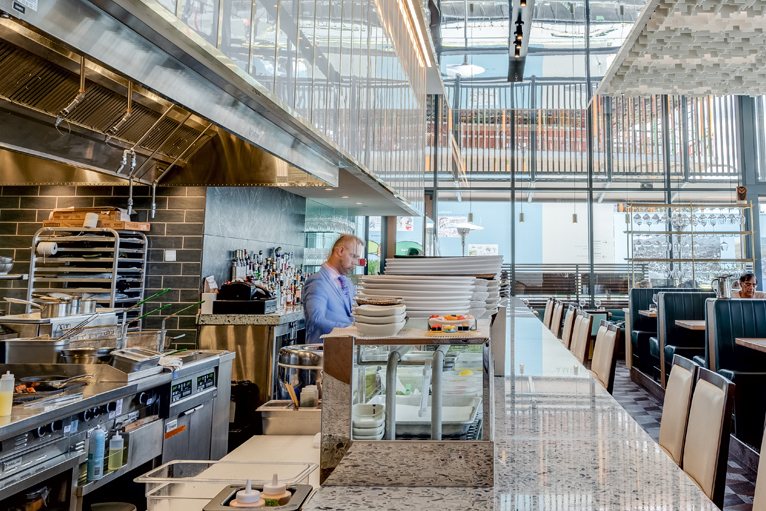
Why Is Indoor Environmental Quality Important in Commercial Restaurants?
Thermal comfort is typically used when we are discussing how staff and customers feel in a restaurant and is typically evaluated using measures such as the temperature and relative humidity in the space. Indoor air quality is typically used to define how “clean” the air is that the staff and customers are breathing in a…
-
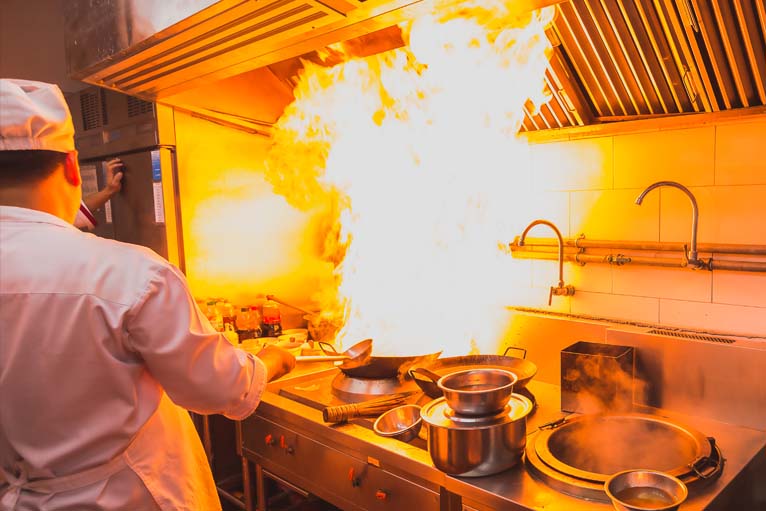
Fire Safety in Commercial Kitchens
Fire safety in commercial kitchens is mandated by code. It makes sense simply from a practical standpoint to embrace fire safety to preserve life and prevent property loss. A quick overview of the leading cause of fires in restaurants’ ventilation systems is presented here. In addition, why do they happen, and are they preventable? According to…
-
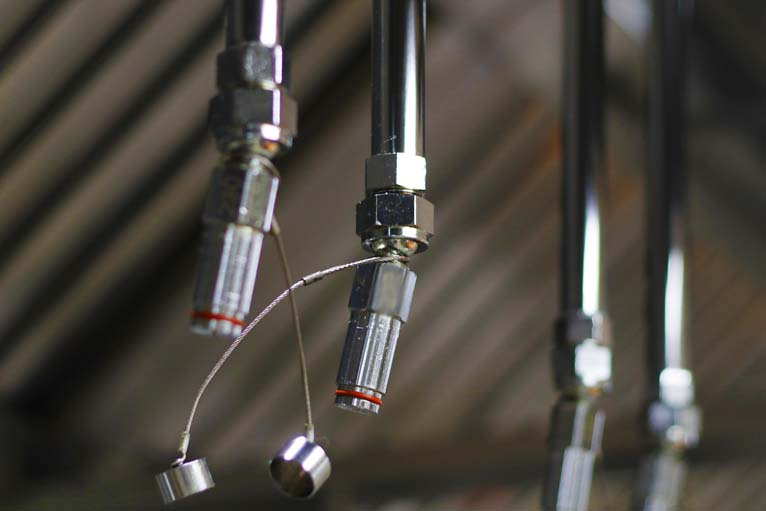
What are the fire suppression requirements for a shared or manifold duct system?
A recent article in kitchenventilatio.com explored Food Hall and Mixed-Use Retail property kitchen ventilation design. These designs can be challenging in the best of circumstances and require detailed scope definition to ensure all elements are identified. Another aspect of Food Hall and Mixed-Use systems is that they lend themselves to shared or manifold grease exhaust…
-
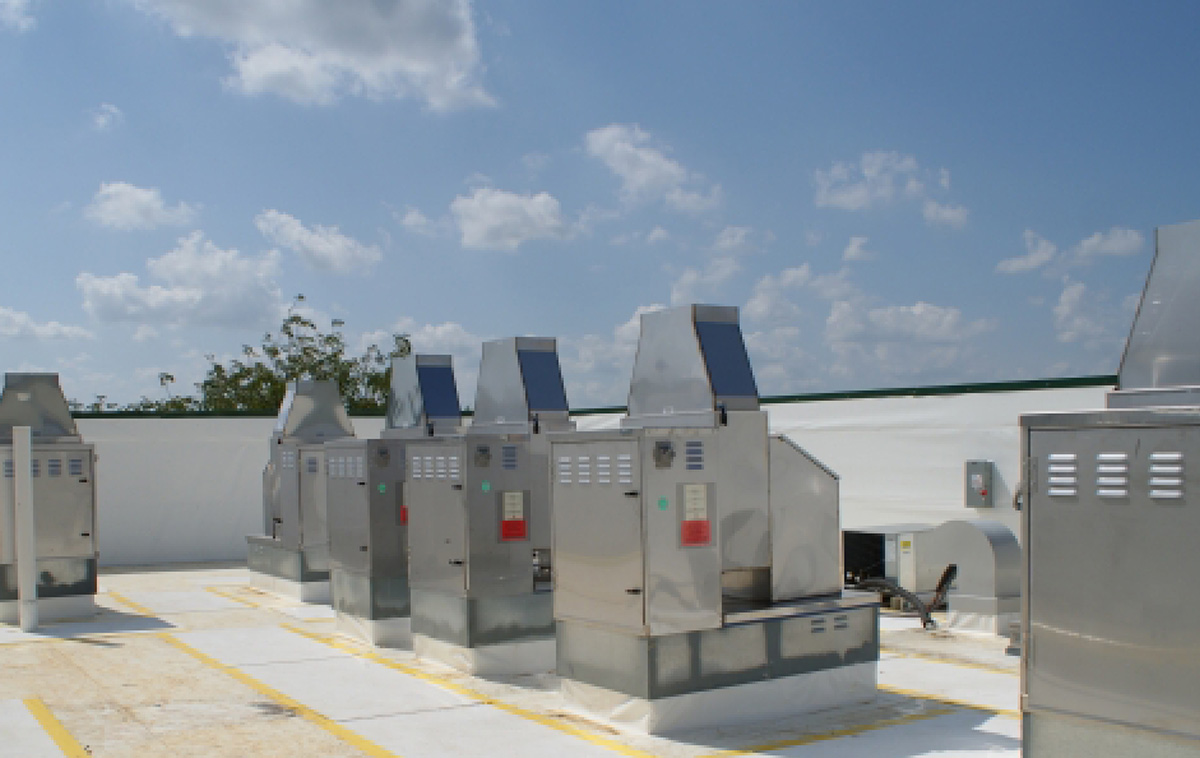
Understanding Fan Laws
This article will provide the fundamentals of fan behavior, commonly known as “fan laws” in a system, and how a mechanical engineer selects the proper fan. Most manufacturers of fans have selection software that automates the selection process. The best advice to a Ventilation Engineer is to ensure that they are fully conversant with the…
-

How to Manage Kitchen Ventilation in Heritage Buildings or Buildings with Limited Infrastructure space.
What is “Hybrid Recirculation” Kitchen Ventilation? It is a commercial kitchen ventilation system that incorporates recirculated air from an all-electric cooking process plus a conventional system serving gas/solid fuel-fired catering appliances carrying the need to discharge to the atmosphere. This dual approach enables the catering operator to still have the option to include certain items…
